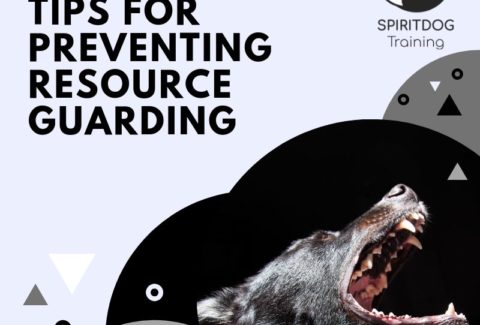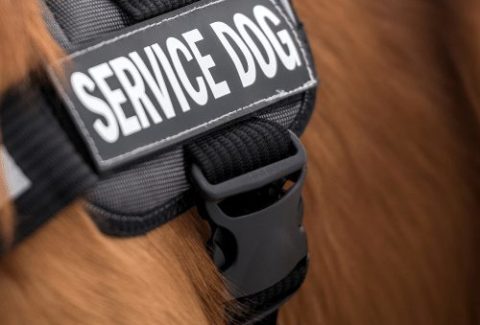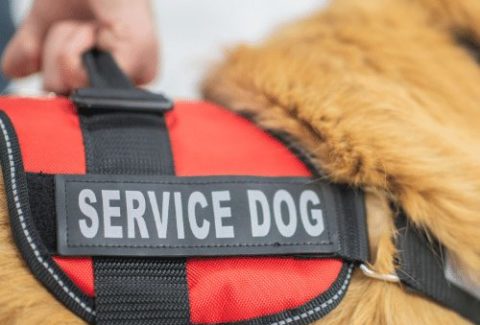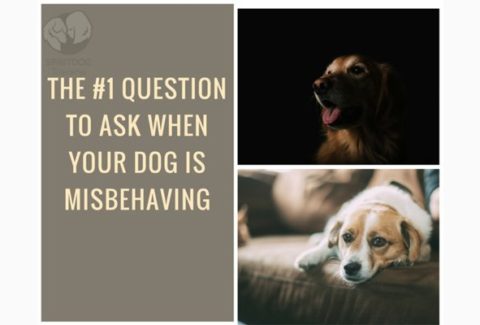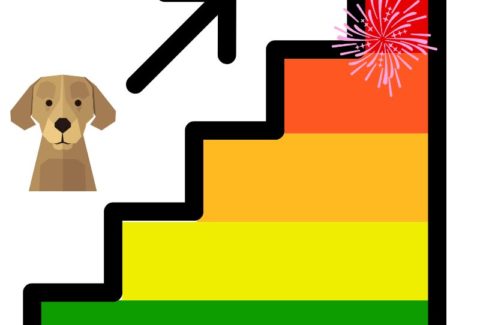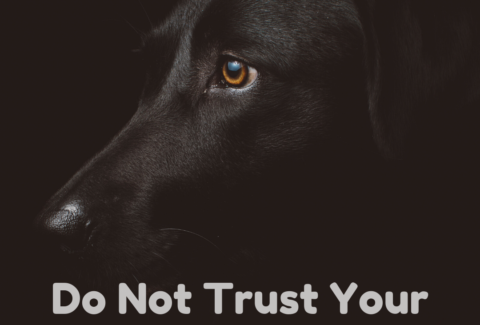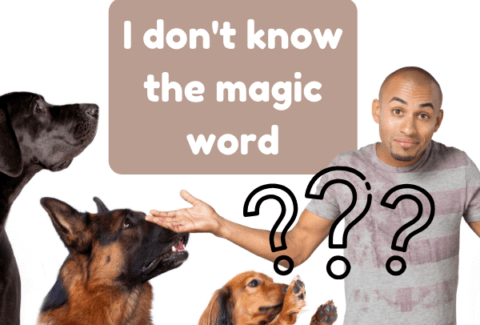Does Your Dog Sniff Too Much? Let him.
May 21, 2021 2021-06-20 20:20Does Your Dog Sniff Too Much? Let him.
Table of Contents
I regularly have clients requesting a fix for one very specific issue: Their dog sniffs too much on walks. He constantly stops and spends a lot of time checking out bushes, trees, fire hydrants, rocks or simply the ground.
It interrupts the flow of the walk and the owner would like the dog to just stop.
My universal answer to this is: Let him sniff.

My dog is obsessively sniffing everything
To us it can be boring, pointless and at times even frustrating that our dogs are obsessively sniffing everything on their path. However: It is really important that we let them use their noses and the calming effects that come with sniffing.
Some some breeds that are more likely to obsessively sniff than others (Border Terriers, Bloodhounds or Beagles are big sniffers). Nervous and anxious dogs also tend to sniff especially intensely.
Let’s look at sniffing and the benefits that come with it!
Sniffing – The Canine Superpower
It’s not easy to appreciate just how much information dogs can absorb through sniffing. Unfortunately this is not something we will ever be able to experience ourselves, so abstract knowledge of their superior ability to smell is all we have.
Dogs can smell 10,000 – 100,000 times better than we can. They can detect some scents in parts per trillion. In numbers, that means they can notice 1 particle in 1,000,000,000,000 other particles.
To translate this to a sense we understand better, the area of the US is about 9 million square kilometers. Picking out one in a trillion parts would mean being able to pinpoint a 10ft x 10ft square out of the entire surface of America.
One in a trillion parts is half a cube of sugar in an olympic-sized swimming pool.

We utilize the incredible power of our dogs’ noses in many ways. From Search and Rescue dogs that save victims that otherwise would have been lost over drug detection dogs to service dogs that can alert their owners to episodes of Narcolepsy by smelling them in advance.
Some owners pay high prices for dogs such as Bloodhounds to get puppies from lines that were specifically bred for their sniffing abilities.
Sniffing – The Universal Doggy Hobby
But sniffing is not just our dog’s greatest talent. It also is one of their most universally enjoyed past-times.
Different breeds of dogs like or dislike different activities. A Saint Bernard may not be thrilled about daily sessions of playing frisbee and an Italian Greyhound may not like to come swimming with you.
An Anatolian Shepherd probably doesn’t need to go to the farmers market and greet dozens of people every weekend and a Belgian Malinois is not a lap dog.
(This is why it is so important to make sure your dog fits your lifestyle before you acquire him, whether through a rescue or from a breeder. Picking a dog that similar ideas of fun as you have will make your life together so much easier and more joyful.)
All breeds however, no matter how big, active or aloof, have one thing in common:
They love to sniff.
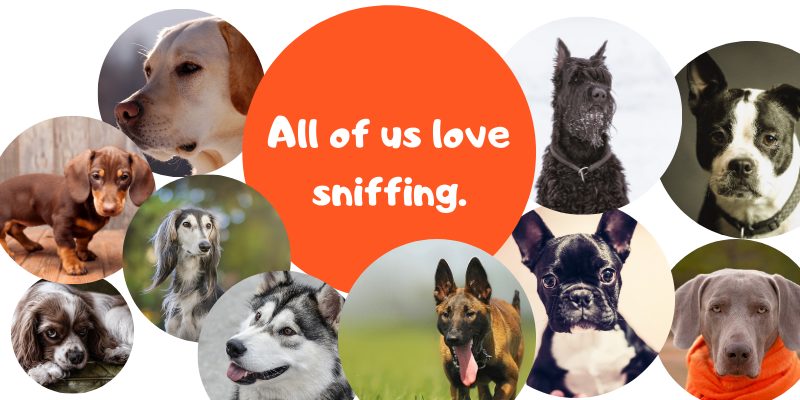
We don’t need to train or encourage our dogs to sniff. Puppies do it as soon as they can walk, and old dogs still do it when they barely can do anything else anymore. It is as natural as walking.
Dogs rarely get tired of sniffing. They enjoy it every day, multiple times a day. The constant stream of information (again, hard to appreciate for us with our sub-par noses!) keeps them interested infinitely.
Sniffing – The Mental Self-care Program for Dogs
Sniffing is used as a calming signal between dogs (Calming Signals In Dogs). Two friendly dogs that meet each other may signal their wish to not escalate the situation by spontaneous sniffing. A dog that feels uncomfortable in a training situation may turn away to sniff the ground, much to the dismay of the owner.
Dogs do not just communicate to each other that they are peaceful by sniffing, but also calm themselves down through it. A dog that feels nervous may often suddenly be extremely interested in the ground in front of him. It is an inbuilt mechanism to relax.
Already a few minutes of sniffing lower your dog’s heart rate. It is the canine equivalent of deep breathing.

Improving problem behaviors through sniffing
Whatever temperament your dog has, I strongly believe that all dogs benefit from being allowed to sniff.For highly energetic dogs
Do you have a wild and crazy dog that’s full of energy? Maybe a youngster or a working breed that will go all day? A wild Doodle (such as a Schnoodle, Bernedoodle or Sheepadoodle) or working-bred dog? If your dog’s nose is on the ground he cannot bounce around at the same time. The wild ones often rush into situation and try to solve every problem by being fast, loud and powerful. They have learned that in order to get what they want, they should give it their all – meaning going hard and strong. This does not work for sniffing. It focuses your dog mentally and quietens him physically. He cannot wing things by going crazy and 100mph. He can only gain information from sniffing if he is slow, collected and concentrated.For shy and anxious dogs
Do you have an anxious or fearful dog? Does he maybe hide in his crate or try to bolt easily? Sniffing may help him to feel more confident about his environment. I have found that allowing nervous dogs to sniff on their walks seems to relax them, especially over time. If you consistently walk along the same paths that the dog is allowed to sniff all he wants, he will more and more comfortable and in control. Fearful dogs feel uncertain and the more novel or unknown a situation is, the less confident they will be. By allowing them to get to know their surroundings through sniffing you will let them build up confidence and a sense of security. Many of my clients with fearful or reactive dogs walk the same paths with them every day with as much sniffing as the dog wants. Then, as he is happy and not nervous anymore, they can start to vary their path just a little bit each day. Having 90% of a known path and 10% of a new, unknown one that they also explore through their sense of smell gradually gets them used to more and more new places while feeling calm.For distracted dogs
If you have a dog that gets distracted during training, it can be helpful to arrive a little early at your training class and spend some time walking around and letting the dog sniff everything. This is not a universal advice – if you feel like it makes your dog more prone to sniffing during the group lesson, you need to stop again of course. Sniffing during training is never desirable and should be kept to a minimum by all means. For some dogs however, checking out the training location with their nose lets them focus on the learning after they are done. If it is possible to let your dog explore before your class, give it a try!Options for Sniffing Experiences for your Dog
Sniff Walks
I personally really enjoy these walks. At least once a day I take my own dogs for a long sniff walk. These are different from the running and playing walks in that they wear leashes and we walk along a path that many other dogs frequent, so there is a lot to sniff! This is a nice thing to do at the end of the day, perhaps after you come home from work and want to unwind. You can listen to a podcast or call a friend, stroll along and let the dogs sniff. I actually started this tradition of nightly sniff walks when my dog Kix was a puppy and had big problems to wind down in the evenings. Going for a half hour sniff got her just mentally tired and relaxed enough to fall asleep quickly when we came home.Scatter Feeding
If you are feeding your dog out of a bowl and have a yard, try scatter feeding instead. (This will work best if you feed kibble, it is not an ideal option for wet or dehydrated food.) Use his dry food and scatter it throughout your yard. Don’t be stingy and just put it all in one small area. Pretend to hide Easter eggs and really distribute it well! Your dog will spend a good amount of time sniffing out his food and be relaxed and tired afterwards. If you have limited time to exercise your dog in the morning before work, this is a fantastic way to let him work for his breakfast. I don’t have a yard, but am lucky to live in a mountain town. Many of my blog posts were written sitting in the forest with my dogs sniffing around me for hours 🙂Note: If you have multiple dogs, you only want to let them scatter feed together if you are extremely confident in their ability to get along. Never let them scatter feed together unsupervised, no matter how much you trust them.
Man Trailing
This is a very fun and engaging dog sport in which the dog learns to find “lost” persons. Man Trailing is quite popular in Europe, but has not gotten much traction yet in North America. Done outside, the dog not only learns to find the hidden people by their scent, but also to work among and ignore a variety of distractions right from the start.FAQ
Why do puppies sniff so much?
Puppies sniff so much because they are exploring the world to a big part through their nose. Just like human children they are constantly experimenting, building new experiences and forming their knowledge about the world. Already young puppies will be interested in sniffing the spots at which other dogs peed for example – even though they do not mark yet themselves. Most puppies stop sniffing once they enter doggy adolescence at around 5-10 months of age. When they are teenagers, they often prefer to run and “be wild” rather than sniffing calmly. Once they reach their adult stage however, they usually return to sniffing extensively.The Bottom Line
To summarize – let your dog sniff. Unless it happens during training it is not an expression of him lacking interest in you. Dogs sense of smell is incredibly advanced and they gain a large amount of information via sniffing. Sniffing is calming and your dog will feel good after a long sniff walk – and they are relaxing for us humans as well. Happy Sniffing!Steffi Trott
Related Posts
Tips For Preventing Resource Guarding in Dogs
Do Goldendoodles make good service dogs?
Best Service Dog in Training Vests
How To Train A Herding Dog
The #1 Question To Ask When Your Dog Is Misbehaving
Do You Really Want A Working Dog?
Do Not Trust Your Aggressive Dog
I Don’t Know The Magic Word
Check out our effective and affordable online dog training courses!
-
Sale Product on sale
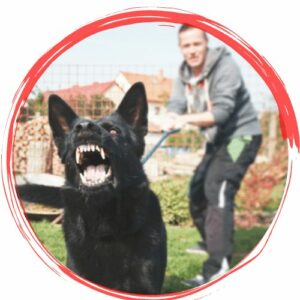 Tackling Reactivity Bundle
Tackling Reactivity Bundle
MONEY BACK GUARANTEE$564.00$49.00 -
Sale Product on sale
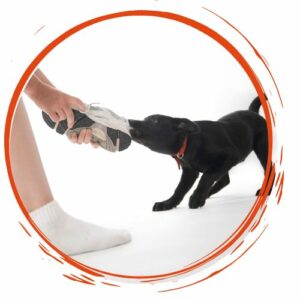 Perfect Obedience Bundle
Perfect Obedience Bundle
MONEY BACK GUARANTEE$349.00$49.00 -
Sale Product on sale
 Ultimate Puppy Bundle
Ultimate Puppy Bundle
MONEY BACK GUARANTEE$416.00$49.00 -
Sale Product on sale
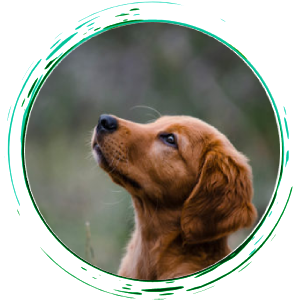 The Perfect Focus Bundle
The Perfect Focus Bundle
MONEY BACK GUARANTEE$445.00$169.00 -
Sale Product on sale
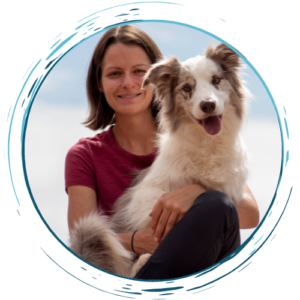 Ultimate Masterclass Bundle
Ultimate Masterclass Bundle
MONEY BACK GUARANTEE$2,213.00$499.00

